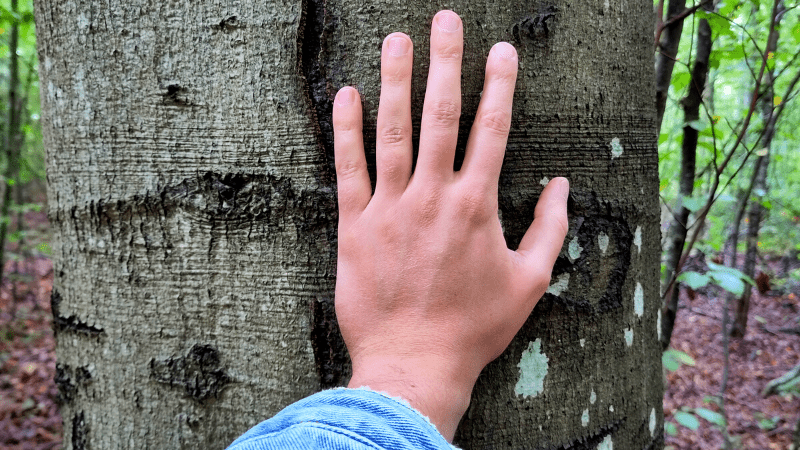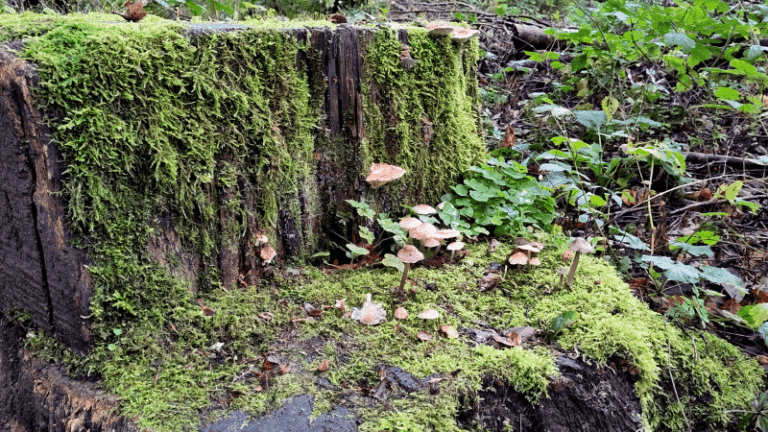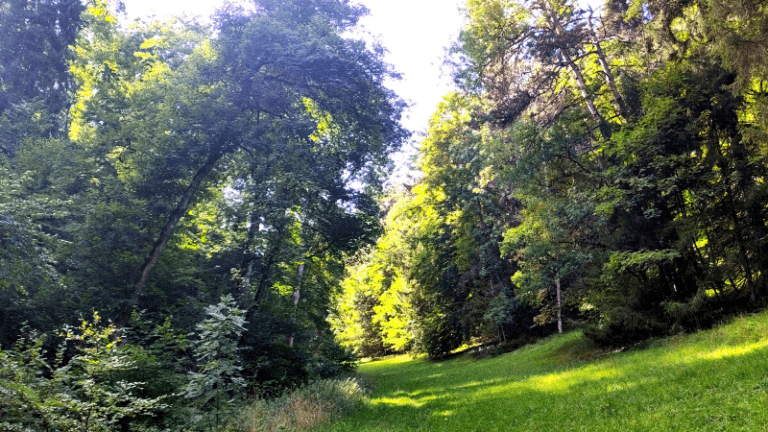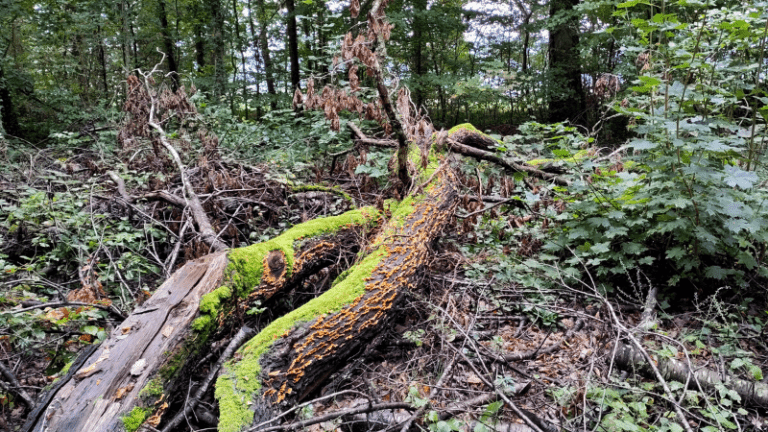Shinrin Yoku: How Often Should You Do Forest Bathing Sessions?
Forest bathing, also known as Shinrin Yoku, is a practice that has become increasingly popular in recent years. But how often should you do forest bathing? And what are the benefits of this practice? In this article, we will go into the scientific side of forest bathing and answer these questions!
Forest bathing has many benefits, both for your physical and mental health. For example, it can help lower stress levels, improve your mood, boost your immune system and increase your energy levels. It can also help you sleep better at night.
What forest bathing actually is, we discuss here in detail:
Shinrin Yoku: What is forest bathing and the benefits of trees?
So how often should you take forest baths? The answer depends on the individual. Some people feel the need to bathe every day, others may only need it once a week. It's important to listen to your body and respect its needs.
But the scientific side of things suggests that you should take a forest bath at least twice a week for maximum benefit. This is because it takes time for the effects of the forest to accumulate in your body.
But make sure that each session is also long enough. A forest bath session should last at least 1 hour, but ideally it should be longer than 2 hours be. This is because you need time to fully relax and absorb all the benefits of the forest. Other studies by Dr. Qing Li are usually done with trips of 2 hours or longer. If you want to achieve the same results, you should also opt for this duration.
But Li's recommendation is 4 hours whenever possible. Other forest therapists tend toward 3 to 3.5 hour sessions.
Remember that duration is important. The longer, the better, you might say. The positive effects are not only greater when you train longer, but they also last longer.
By the way, women seem to respond even better to forest bathing than men.
Several days in the forest, one month positive effect
If you want to take the positive effects of forest bathing to the extreme, you should plan trips of 3 consecutive days in the forest. In the studies conducted, the participants also spent the nights in the forest. In this way, you will have maximum contact with nature (especially with phythoncides and terpenes emitted by trees), but you will also be able to relax.
The results of the studies showed that the increased natural killer cells, reduced stress levels, and increased well-being lasted more than 30 days after the participants left the forest.
While it's not easy (or possible) to schedule a trip like this every month, you should do it as often as possible. Something is better than nothing, remember?
Health benefits of forest bathing
Forest therapy has been shown to lower anxiety, depression, anger, fatigue and confusion while increasing feelings of vitality. That's according to a study that conducted POMS tests with participants before and after a forest therapy/forest bathing session.
POMS is an acronym that stands for Profile of Mood States. It is a rating scale for assessing transient, distinct mood states in psychology developed by McNair, Droppleman, and Lorr.
In addition, Forest Therapy showed an increase in serum adiponectin levels, a hormone linked to metabolism. Low levels are associated with diseases such as obesity, diabetes and cardiovascular problems, while high levels have the opposite effect
Want another example of why forest bathing is a good idea?
It also has a positive effect on sympathetic and parasympathetic nervous system activity and blood pressure. If you (like many people nowadays) struggle with stress and nervousness or suffer from blood pressure problems, you should really give it a try.
So there you have it! Whether you decide to take a forest bath once a week or every day, make sure you listen to your body and do what feels right for you. And if you want to maximize the benefits of this practice, aim for at least two sessions a week! Thanks for reading 🙂
By the way, we also have tips for you, How to get the most out of forest bathing.







